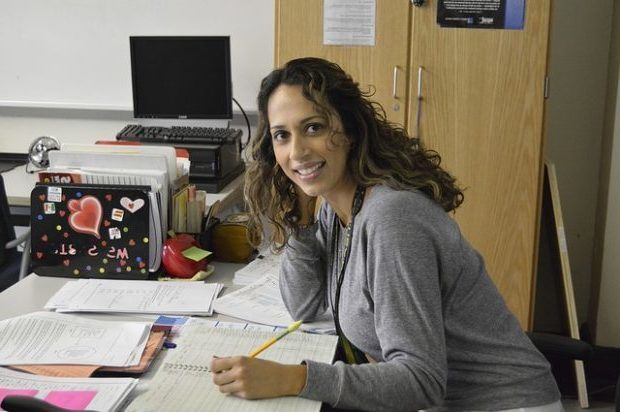5 Ways to Promote Active Learning in the Classroom (and Why It Matters)

As a teacher, the last thing you want is to turn around and encounter a sea of glazed-over eyes staring vaguely toward the front of the room. It’s easy to see when you’ve “lost” your students, whether they’ve mentally checked out of a lesson or can no longer follow the thread of instruction. Many traditional models of teaching used to rely primarily on this passive learning, in which students received a one-way flow of information from their instructor with the expectation they’d absorb it.
Luckily, many teachers are now prioritizing active learning in their classrooms. This model matters because it aims to truly engage students with their course material (no matter the subject or grade level). The goal is for students to retain and engage with course material well beyond their next quiz by making meaningful connections and diving deeper than rote memorization.
Consider these five ways to promote active learning in your own classroom.
Make Videos and Photographs Engaging
They say a picture is worth 1,000 words. But if students only briefly glance at photographs or passively watch video clips, how are they supposed to extract their full educational potential? As a teacher, it’s up to you to provide context for your visual materials, as well as encourage students to pursue deeper analyses. The nonprofit organization Facing History asks their students to move beyond just watching video clips by “stopping to ask students to respond to what they just saw, to reflect in a journal, or by talking with their partner about the issues/content revealed.”
Have to Lecture? Keep It Interactive
Sometimes you simply have to lecture; after all, it’s a straightforward way to impart information and establish a solid foundation for any given unit. But that doesn’t mean it has to be a static or boring way to learn. Surprise your students by making your next presentation an interactive PowerPoint. By asking students questions about the material every 10 to 15 minutes, you’ll be able to gauge student retention—and learners will regain focus as they chime in using a mobile device or web browser.
Incorporate Games and Puzzles
Question: How do you make math fun? Answer: By using games and puzzles to promote problem solving, of course. Instead of merely accepting an answer and trying to memorize how it came to be, students can make their own predictions, build their own models and keep adjusting the sails until they figure out the correct path to problem-solving. It’s a fun way to grant students autonomy in learning, whether you teach math, science, English or a foreign language.
Harness the Power of Social Collaboration
Saying something aloud helps students develop a different relationship to information than if they’d only mentally thought about it. You can encourage verbal reasoning and collaboration in your classroom by setting aside time for regular small-group discussions and peer-to-peer workshopping. By encountering different viewpoints and verbally reasoning through conflicts or questions, students can manipulate information in a more complex way.

Assign Flexible Projects
According to the VARK model of student learning styles, students fall into one of four categories:
- Visual: Learn best through images, maps, graphics, etc.
- Auditory: Learn primarily through listening and discussing; tend to favor mnemonics and repetition.
- Read & Write: Favor reading, writing and translating abstract concepts into words.
- Kinesthetic: Use hands-on learning to figure out how things work.
Next time you assign a project, give students a variety of prompts from which to choose, each with its own rubric and set of requirements. Let’s say you’re covering a historical event. One student may choose to write an essay, while another may want to build a 3-D model. Yet another student may prefer creating a historically accurate song, while a fourth student may compile statistics into best-fit data visualization models. Choices will make the project all the more meaningful.
Utilizing these five ways to promote active learning in the classroom, you’ll be able to make each lesson matter and boost information retention among your pupils.

